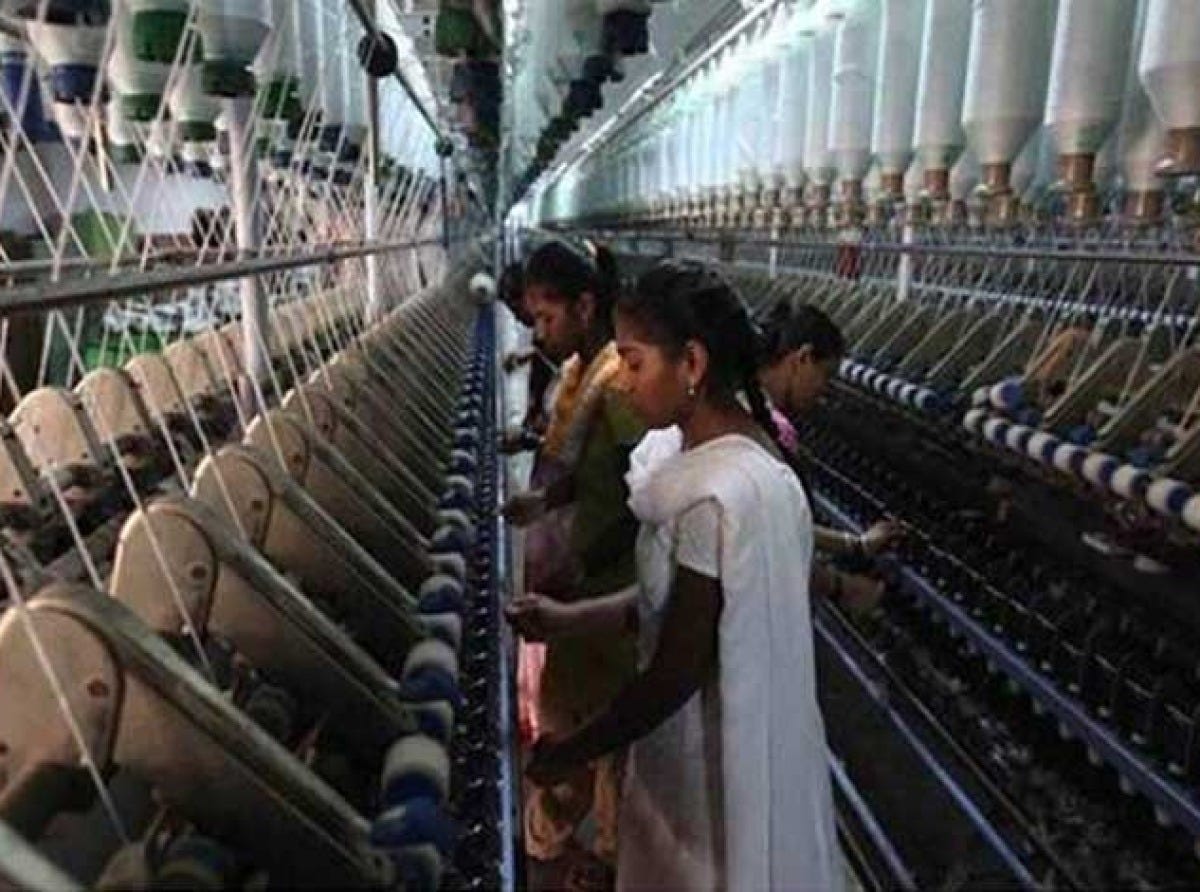India’s Textile & Apparel Roadmap: A 5-point agenda for 2025-26

The heads of six India textile and apparel associations namely the Confederation of Indian Textile Industry (CITI), Manmade and Technical Textiles Export Promotion Council (MATEXIL), Powerloom Development and Export Promotion Council (PDEXCIL), The Cotton Textiles Export Promotion Council (TEXPROCIL), the Southern India Mills’ Association (SIMA) and the Clothing Manufacturer’s Association of India (CMAI) have put forth to the government a five point agenda for India's textile & apparel industry (T&A) (2025-26) based on the deliberations at the National Committee on Textiles and Clothing (NCTC) meeting held on May 18, 2024.
India's T&A industry is ready for significant growth in coming years, with robust export performance and strategic government initiatives. Despite facing challenges, including stagnant export levels since 2015, recent estimates indicate positive growth trends. To achieve the ambitious target of reaching $100 billion in exports by 2030, the industry must adopt a proactive approach focused on certain priorities. The five point agenda is:
The five point agenda
- Enhance raw material availability: To sustain growth, ensuring an adequate supply of raw materials at competitive prices is crucial. The government should eliminate import restrictions on raw materials like cotton, MMF, and specialized fibers that are not domestically available in required quantities or quality. This step will stabilize input costs and support the entire value chain's competitiveness.
- Cost competitiveness in cotton value chain: Reducing import duty on cotton fibers of all varieties by 10 per cent is essential. With a significant demand-supply gap, projected for the current year, duty-free imports will mitigate shortages and enhance cost competitiveness across the cotton value chain. This measure will bolster domestic manufacturing and export capabilities.
- Incentivizing investment across the value chain: Introducing a comprehensive incentivization scheme, combining upfront capital subsidies and performance-based incentives, is critical. This initiative aims to attract investment throughout the T&A value chain, with a specific emphasis on enhancing processing capacities. Such incentives will stimulate growth, modernize infrastructure, and promote technological advancements.
- Expedited implementation of PM MITRA parks: The fast-track implementation of Production-Linked Incentive (PLI) schemes, particularly PM MITRA parks, is pivotal. These parks are designed to create manufacturing hubs equipped with state-of-the-art infrastructure and supportive ecosystems. Accelerating their establishment will catalyze production capabilities, enhance export capacities, and create employment opportunities across the sector.
- Strategic free trade agreements (FTAs): Expediting negotiations and concluding FTAs with key markets such as the EU and USA is imperative. These agreements will provide Indian exporters with equitable market access, leveling the playing field against global competitors. By eliminating trade barriers and tariffs, FTAs will facilitate increased export volumes, diversify market reach, and drive sustainable growth in the T&A sector.
This five-point agenda outlines a roadmap for stakeholders to collaborate effectively, capitalize on emerging opportunities, and navigate towards sustained prosperity in the years ahead.
